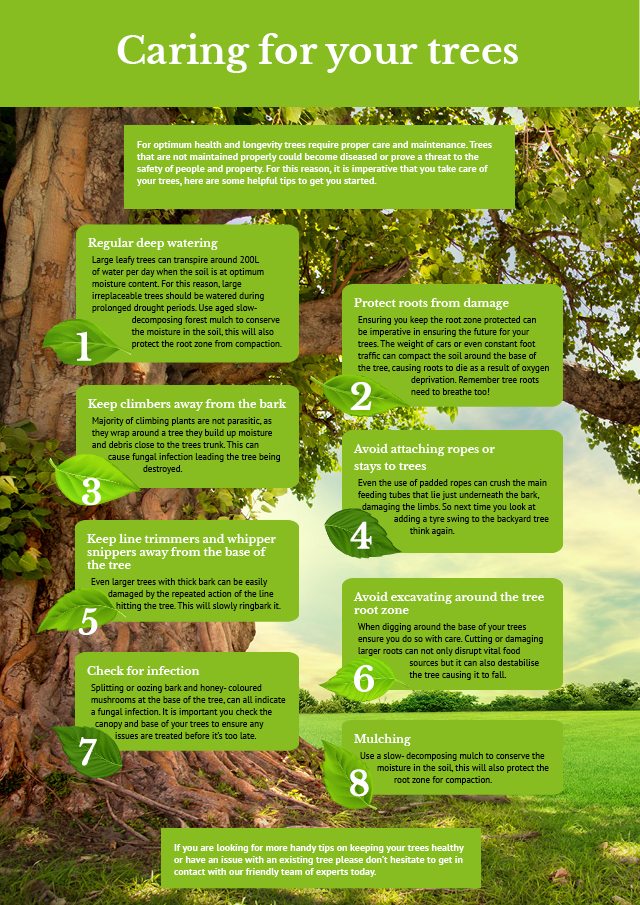Indications It's Time For Tree Elimination: Exactly How To Determine Hazardous Trees
Indications It's Time For Tree Elimination: Exactly How To Determine Hazardous Trees
Blog Article
Article Written By-Velling Enemark
When it involves tree care, acknowledging the signs that it's time for removal is important for your security and building. https://pbswisconsin.org/article/standing-by-live-from-the-shrubbery-at-garden-and-landscape-expo-2020/ may discover discolored fallen leaves, wilting branches, or weird fungal growths suggesting illness. Architectural issues, like a significant lean or cracks in the trunk, can likewise present risks. Comprehending these warning signs can aid you make educated decisions concerning your trees and prevent potential dangers lurking in your yard. What should you search for next?
Indications of Decay and Condition
When you notice signs of degeneration and disease in your trees, it's vital to act promptly. Try to find blemished fallen leaves, wilting branches, or uncommon developments like fungi. These can suggest that your tree is struggling.
If you see fractures in the bark or soft, mushy timber, these symptoms recommend interior decay. In addition, a sudden boost in insects around your tree can indicate that it's weakened and vulnerable.
Check for any kind of dead or dying arm or legs, as they posture a danger to your building and safety. If you doubt about what you see, seeking advice from an arborist can give clearness.
Dealing with these indications early can conserve you from much more extensive damage and make certain the health and wellness of your yard. Don't wait till it's too late.
Structural Instability and Leaning
As you observe your trees, keep an eye out for any kind of indicators of architectural instability or leaning. If a tree leans substantially, it might indicate that the origin system is endangered.
Look for any kind of cracks in the trunk or soil around the base; these can signal prospective failure. In addition, check for unusual growth patterns, like an unbalanced crown, which might recommend that the tree is having a hard time to hold itself upright.
If you see that the tree leans toward your home, high-voltage line, or other frameworks, it positions a better risk. Do not neglect these signs-- consult an arborist to assess the situation.
Doing something about it early can stop costly damages and guarantee your safety.
Dead or Perishing Branches and Vegetation
If you discover dead or dying branches and foliage on your tree, it's a clear indication that something's wrong.
These unhealthy areas can indicate underlying concerns like illness, bug infestations, or ecological stress and anxiety. When branches lose their leaves or transform brownish, they're no longer contributing to the tree's health and wellness. Neglecting these indications could lead to further decline, making your tree much more harmful.
Dead branches can quickly break short throughout tornados, presenting a risk to building and people close by. Pruning Persimmon Trees to evaluate the degree of the damages.
If the problem impacts a significant part of the tree, take into consideration getting in touch with a professional. They can aid figure out if removal is required to make certain security and maintain the elegance of your landscape.
Conclusion
If you discover any type of indications of decay, structural instability, or dead branches on your trees, do not disregard them. These signs can present severe security risks to you and your home. It's always best to speak with a specialist arborist who can supply an expert assessment of your trees. Taking action early can stop crashes and expensive damages, guaranteeing your landscape stays secure and healthy. just click the next document in mind, it's far better to be aggressive about tree care than to await a disaster to occur.
